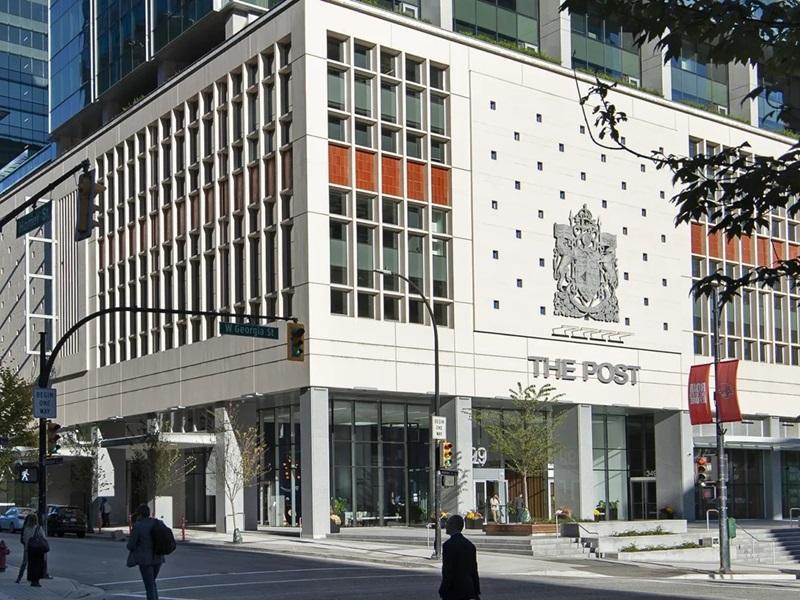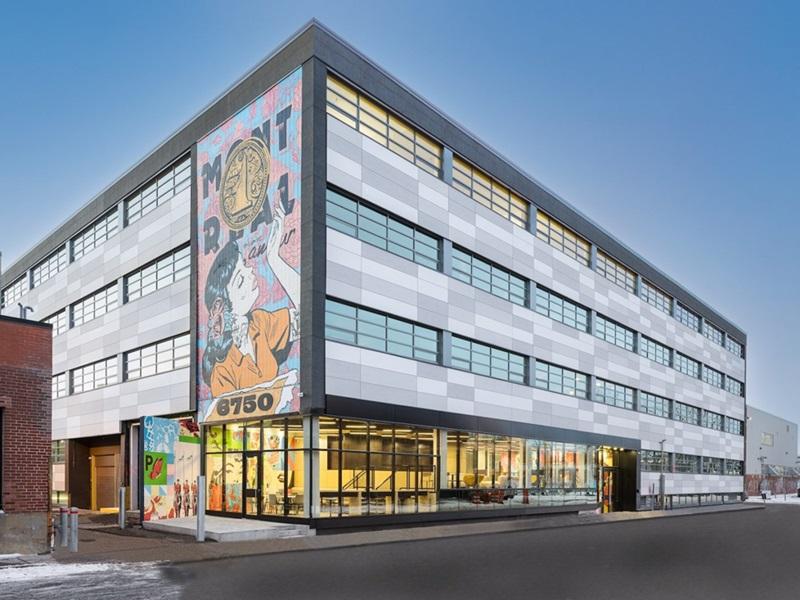
Bob Dhillon, founder, president and CEO of Mainstreet Equity Corp. (Courtesy Mainstreet)
Calgary-based real estate investor Bob Dhillon has a simple plan to grow his rental apartment business in Western Canada – jump on the opportunity to provide growing numbers of millennials and international students with places to call home.
“Our strategy is at Inning one,” said Dhillon, the founder, president and CEO of Mainstreet Equity Corporation (MEQ-T). However, it is creating a buzz due to a 2019 year-to-date total return of 49 per cent, according to a recent report by investment firm Raymond James.
The strategy targets those demographics to expand Mainstreet’s portfolio, which as of Oct. 7 stood at 12,901 units in Western Canada. The majority of the portfolio is comprised of 7,038 units in Calgary and Edmonton.
Compared with Ontario and British Columbia, Alberta has had the largest percentage increase in population growth during the past year, with the lowest apartment building count.
Major growth drives strong returns
“This translates into the best apartment building environment that nobody talks about and that’s why we have five consecutive quarters of double-digit returns,” says Dhillon.
Apartments in Alberta are in shorter supply than in either British Columbia or Ontario, with a ratio of 33 people to one apartment in the province. British Columbia has a 28-to-one ratio and in Ontario it’s 22-to-one.
In 2019, according to Statistics Canada data, Alberta’s rate of population growth was up 0.30 per cent between 2018 to 2019, rising from 1.34 to 1.64 per cent. Population growth slowed slightly in both Ontario (down 0.16 per cent) and in B.C. (by just 0.01 per cent).
A recent report by the federal agency predicts Alberta will experience the highest population growth in Canada during the next 25 years.
International students in Canada
In addition to general immigration, the growing international student demographic also represents population growth and even more competition for available rental units.
Universities across the country are competing to attract these students and the federal government has a five-year strategy to grow the numbers of international students coming to Canada.
According to research by Mainstreet staff, in 2018 more than 721,000 international students studied in Canada and nearly 54,000 former students became permanent residents. The total rental universe in Canada is about 1.9 million units.
“Foreign student business has become a $21.6-billion industry,” said Dhillon of the money spent on tuition, accommodation and other expenses in 2018. “It’s a massive industry . . .
“They all rent apartments. Mainstreet’s strategy has been in places like inner-city Calgary and the ICE District in Edmonton, and Surrey and Abbotsford to cluster all our buildings around colleges and universities.
“(That’s) a big deal nobody talks about.”
Another demographic that piques Mainstreet’s interest is the age distribution. In Alberta, for example, 25 per cent of the population is Generation Z, 30 per cent millennials, 20 per cent Generation X and 20 per cent baby boomers.
Millennials and Generation Z
Dhillon said 73.2 per cent of Mainstreet’s applications for tenancy in recent months have been from millenials and Generation Z.
“Our strategy has totally done a 180. Our strategy is, everything we live and breathe is millenial and Generation Z. That means from smart apartments, colour of the walls, microwaves, dishwashers, bicycle paths. Most important, geographic location. We only buy in inner city,” he said.
According to StatsCan, Alberta has the lowest median age of all provinces at 37.1.
Mainstreet research found the percentage of homeownership in Canada for baby boomers was 45 per cent and for Generation X it was 45.4 per cent. For millennials, it was 37 per cent.
Dhillon said Mainstreet is working to make it easier for millennials and Generation X to reduce their carbon footprint by acquiring properties in inner-city areas with high walkability scores and in close proximity to many amenities.
It also actively seeks out properties located within a convenient distance to transit and cycling paths.
It also ensures buildings have bicycle racks.
Mainstreet remains counter cyclical
The Mainstreet business model of being counter-cyclical in purchasing properties, then adding value through renovations to increase revenue via higher rents has been successful. New supply has not caught up with the population growth in Canadian markets in recent years.
“There’s a supply/demand imbalance,” said Dhillon. “Our growth strategy, we’re very fortunate we are counter-cyclical investors. Not only are we asset counter cyclical, that means we buy distress, we go through neighbourhoods that are going through gentrification and more importantly we are counter-cyclical on the economic position.
“So where is it weak right now? Western Canada. Alberta, Saskatchewan. Calgary, Edmonton, Saskatoon, Regina. We are attacking these areas.
“We are counter-cyclical. If Ontario goes to hell, we would go into Ontario.”
Dhillon said the company has tied up deals in buildings in a couple of other geographic locations outside of its current locations – Surrey, Abbotsford, New Westminster, Calgary, Edmonton, Lethbridge, Regina, Saskatoon. However, he’s not at liberty at this time to reveal where.
Investors take notice
The adjustment in strategy hasn’t been missed in the investment community. The September report on Canadian REITs by Raymond James found Mainstreet delivered the best total return year-to-date, at 49 per cent.
A June letter to investors and partners by investment management firm Slate Securities said Mainstreet’s stock price has grown by 29 times from $1.95 on Dec. 31, 1998 to $55.99 on June 28 of this year. Its inventory of apartment units grew from 270 to 12,333.
To put this into context, here are the total returns achieved by a select sample of investments over the same time period, according to Slate: Amazon, 35x; the Canadian REIT index, 11x; Royal Bank, 11x; gold, 5x; Berkshire Hathaway, 5x; the Toronto house market, 4x.
“No life-altering technology was invented, no rare natural resource was discovered and no medical breakthrough was achieved. Instead, MEQ achieved this return the boring way – by investing in real estate, specifically ‘workforce’ apartments. The MEQ story exemplifies well the power of compounding,” said the Slate letter.
“MEQ has a repeatable business model. Simply put, it buys apartment buildings cheaply, creates value by spending capex, re-tenanting and refinancing the properties. Rinse and repeat.”







